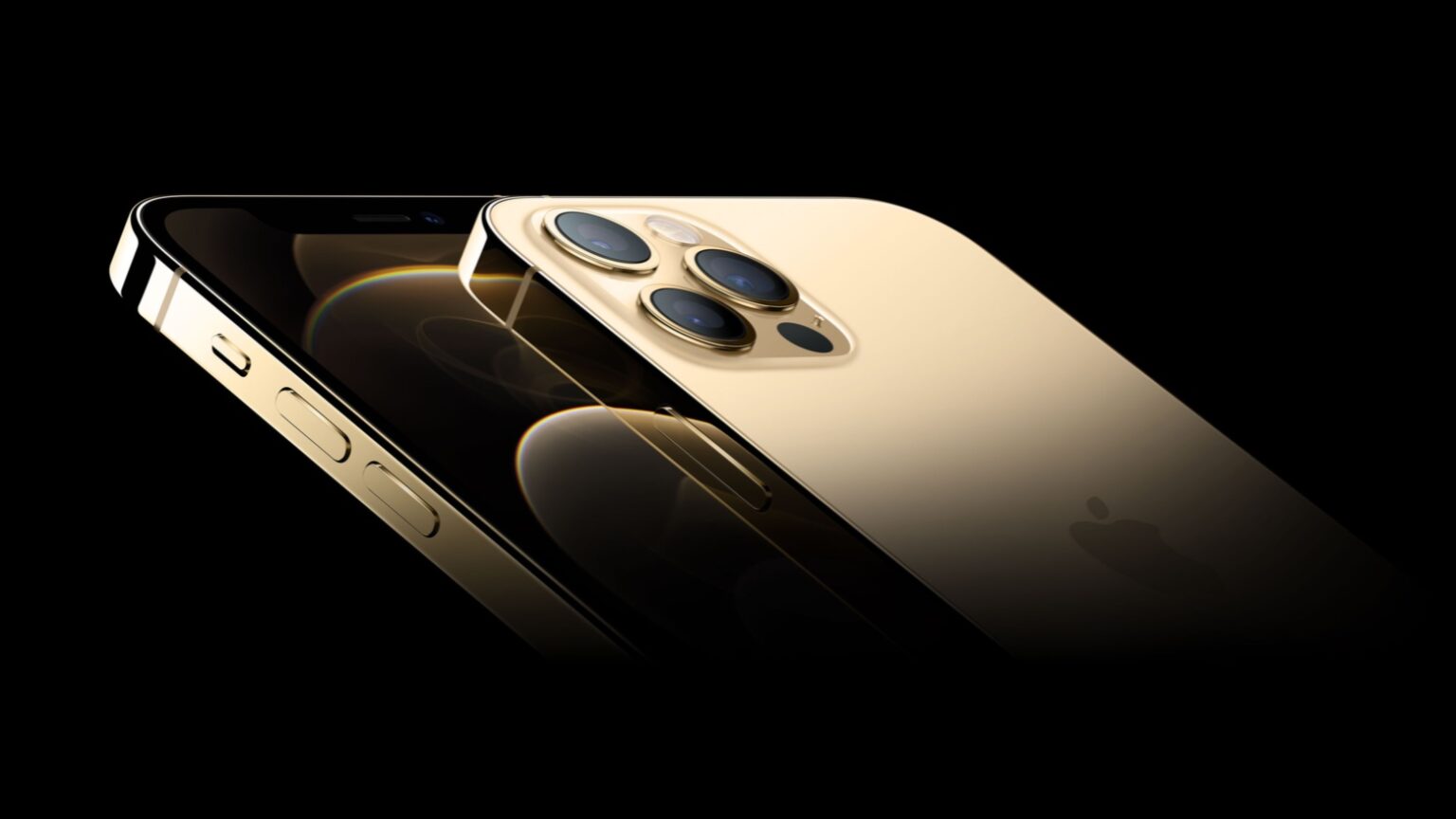The iPhone 12 reportedly costs at least 21% more to manufacture than the iPhone 11, Counterpoint Research claims.
In a recent post, the publication totted up what it believes are the materials cost for the 128GB iPhone 12 and found them to add up to around $415. That’s due not only to the 5G components, but also other new components for the 2020 device versus the previous year’s model.
Counterpoint write that:
“In the iPhone 12, Apple’s self-designed components including the A14 bionic, PMIC, Audio and UWB chip make up over 16.7% of the overall BoM cost. The shift from LCD to OLED in the iPhone 12 is a big jump, resulting in an over $23 cost increase. Cost increases are also driven by 5G-related components, with components like 5G modem, transceiver and RF front-end system collectively contributing a $34 increase. Producing a 128GB iPhone 12 mmWave (millimeter-wave) smartphone will cost Apple up to $431, 26% higher compared to the iPhone 11, according to the latest bill of materials (BoM) analysis by Counterpoint’s component research practice. Despite over $27 cost savings due to the simplified RF design, the BoM cost of the sub-6GHz-only model for overseas markets still increased by 18%.”
Despite these cost increases the iPhone 12 is not 21% more expensive to buy than the iPhone 11. 2019’s iPhone 11 retailed for $699. The iPhone 11 Pro started at $999. Meanwhile, the 11 Pro Max retailed for $1,099. By comparison, the iPhone 12 mini starts at $699. The iPhone 12 commences at $799. The iPhone 12 Pro begins at $999, and the iPhone 12 Pro Max starts at $1,099.
Are these accurate prices?
Whether these prices are accurate isn’t wholly clear. The price that you or I could get for certain components are not the same prices Apple can get them. Furthermore, Apple frequently has multiple suppliers making the same components. Based on the company and its order size, prices could vary — even when they’re both for Apple and both ostensibly the same component.
Furthermore, these prices don’t take into account the massive amount of R&D that goes into creating them, the prototyping, the shipping, the engineer salaries, and far more.
Nonetheless, it’s an interesting gauge of how much Apple is possibly pulling in on each handset after the (rough) materials cost is accounted for.
Source: Counterpoint Research
Via: Apple Insider


